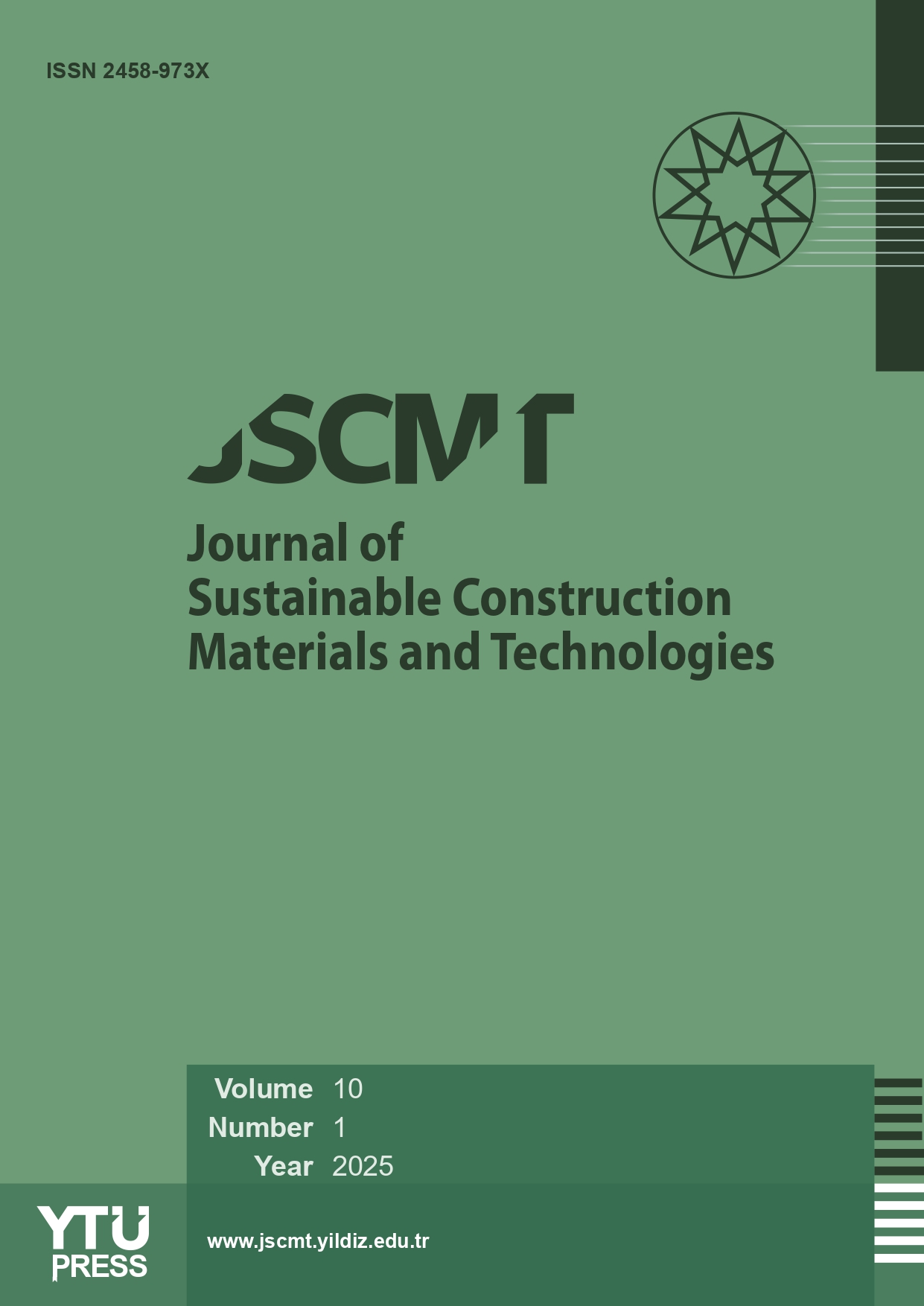Abstract
The need for shelter after disasters is a common issue, and its planning should occur during the risk management phase, not in the post-disaster process. Following the initial few weeks of emergency aid, the rehabilitation phase comes into play, encompassing the period spent in temporary housing units until a transition to permanent housing is achieved. Like the emergency aid phase, this phase cannot be sustained solely by emergency shelter tents due to its extended duration, which is shorter than the time required to construct permanent housing. Specific designs suited to the rehabilitation phase are necessary. However, many post-disaster temporary housing implementations have failed to meet the requirements. The study aims to establish a decision-making model for assessing temporary housing alternatives in the aftermath of a disaster. The experts must initially identify the criteria and assign their respective weights to build this model. They contend that the significance of criteria should differ depending on the particular attributes of diverse locales. To accomplish this, a methodology for determining criteria weights and an evaluation model is suggested, considering discrepancies in urban density, household size, urban accessibility, and climatic conditions based on regional dissimilarities.
















